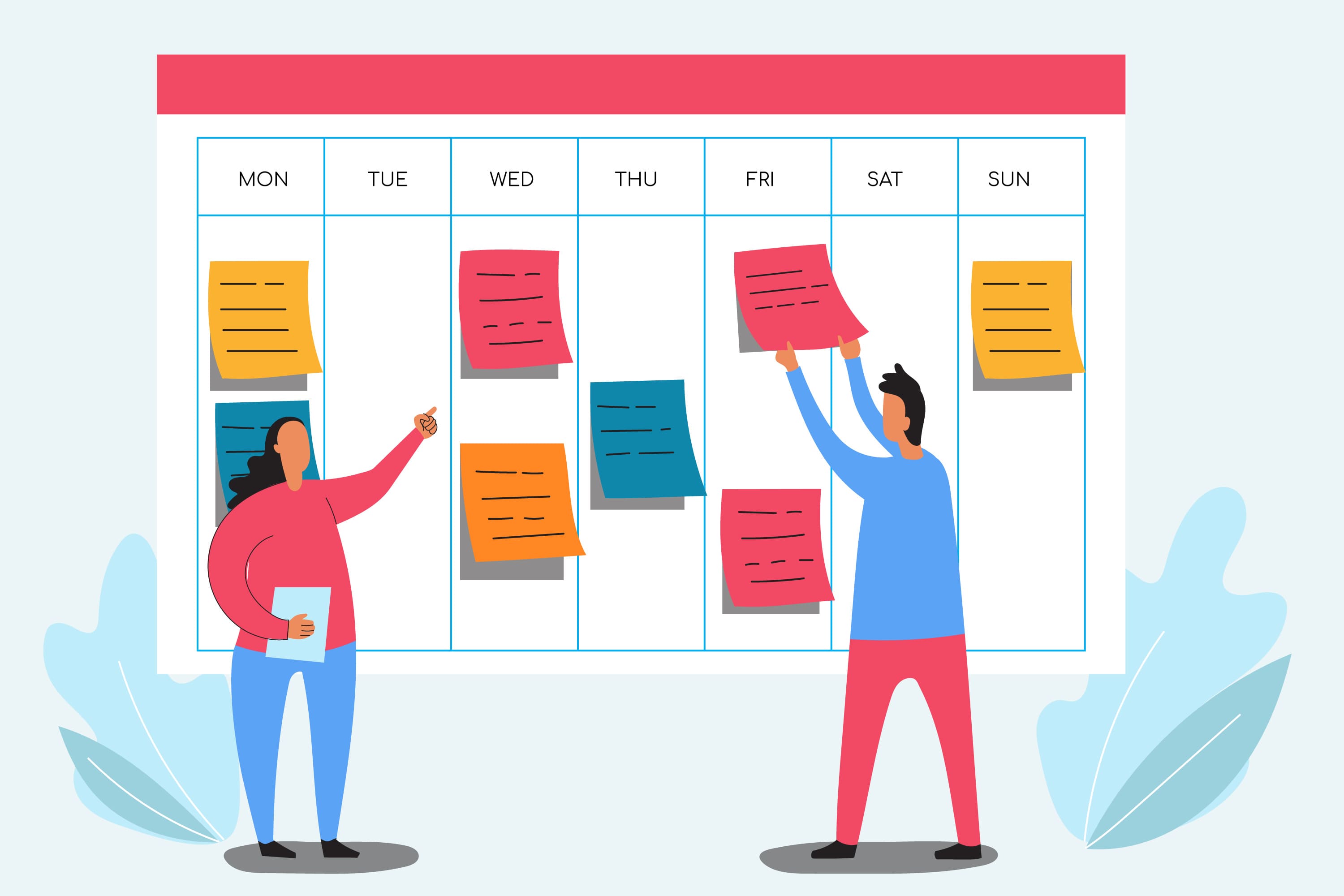Performance monitoring and control are integral components of project management aimed at ensuring that the project stays on track and meets its objectives. Here’s a detailed explanation of these concepts with examples:
Performance Monitoring
1. Establishing Baselines:
At the project’s outset, create baselines for key project parameters, including scope, schedule, budget, and quality. These baselines serve as benchmarks for comparison during project execution.

2. Progress Tracking:
Continuously track project progress against the established baselines. This involves comparing actual project performance to what was planned in terms of scope, schedule, cost, and quality.

3. Key Performance Indicators (KPIs):
Define and monitor KPIs that provide insights into project health. KPIs can include metrics related to scope completion, budget variance, schedule adherence, and quality.

4. Regular Status Reporting:
Generate and distribute regular status reports to stakeholders, summarizing project performance, highlighting achievements, and flagging any issues or risks.

Performance Control
1. Variance Analysis:
Analyze variances between planned and actual project performance. Determine the causes of variances and assess their impact on the project’s objectives.

2. Change Control:
Implement a formal change control process to manage changes to project scope, schedule, or budget. Assess proposed changes, document their impacts, and seek approval before proceeding.

3. Issue Resolution:
Address project issues promptly. Collaborate with the project team to find solutions and mitigate risks that could affect project performance.

4. Quality Control:
Continuously monitor and control the quality of project deliverables to ensure they meet predefined quality standards and requirements.

5. Reforecasting:
Periodically reforecast project parameters (scope, schedule, budget) based on actual performance and any changes that have occurred during project execution.

Performance Monitoring and Control in Action
Imagine a product development project where a team is creating a new smartphone. During the project execution phase:
Performance Monitoring: The project manager regularly tracks the progress of hardware and software development against the baseline schedule. KPIs are used to monitor the defect rate, with a target of reducing defects by 20%.
Variance Analysis: An analysis reveals that the software development phase is ahead of schedule, but the hardware development phase is behind schedule due to supply chain disruptions. The project manager investigates the causes and communicates the impacts to stakeholders.
Change Control: The hardware development team identifies an opportunity to enhance the smartphone’s battery life by using a new component. They initiate a change request, and the project manager assesses the impact on the project’s timeline and budget before seeking approval.
Issue Resolution: A technical issue arises in the hardware development phase, causing a delay. The project manager works with the engineering team to find a solution and adjust the schedule to account for the delay.
Quality Control: Quality control tests are conducted on prototype devices to ensure they meet performance and reliability standards. Any deviations from these standards are addressed before production.
Reforecasting: Based on actual performance and the approved change request, the project manager updates the project schedule and budget, taking into account the delay in hardware development and the impact of the new component.
Effective performance monitoring and control help project managers keep projects on track, ensure quality, and address issues promptly. By regularly evaluating project performance and taking corrective actions when necessary, project managers increase the likelihood of project success.






